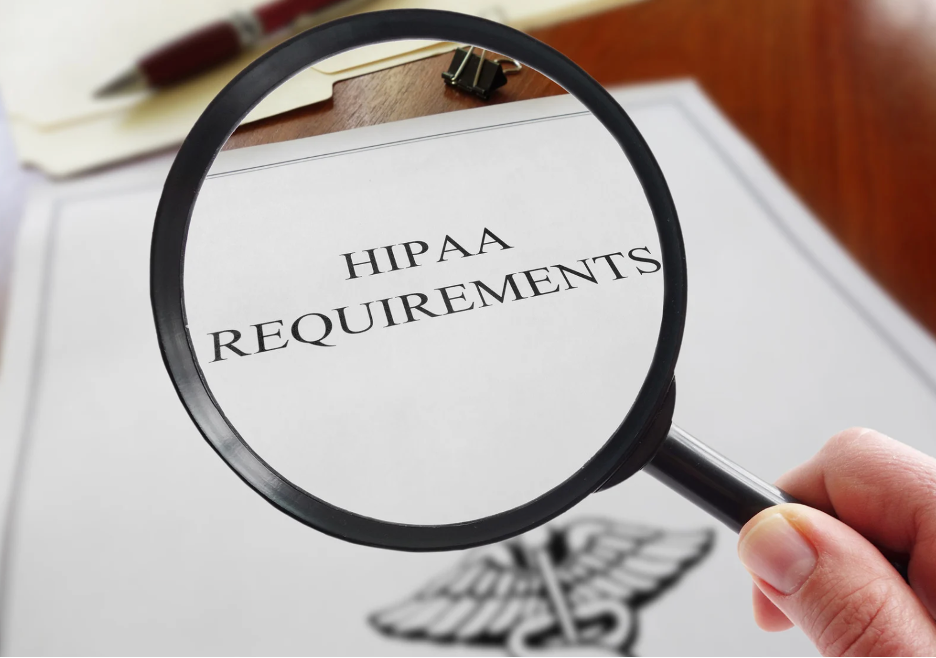Recognizing the Warning Signs and Safeguarding Against Cyber Risks
As the healthcare industry becomes increasingly reliant on digital communications, the importance of healthcare cybersecurity has grown significantly due to the rising threat of phishing attacks. With the emergence of AI technology, cybercriminals have found new ways to craft phishing emails that can deceive even the most cautious individuals.
These malicious emails often target healthcare organizations, aiming to steal sensitive patient information, compromise systems, or extort money. Thus, it’s crucial for healthcare professionals to be able to spot AI-generated phishing emails to protect patient confidentiality and overall cybersecurity.
Identifying AI-generated phishing emails requires a combination of awareness of common phishing tactics and an understanding of the evolving strategies used by cybercriminals.
Below are some key strategies to recognize and prevent these threats:
Pay Close Attention to the Sender’s Email Address:
Pay close attention to the sender’s email address. Phishing emails often look like legitimate addresses, but slight differences might exist, such as misspellings or unusual domain names.
Evaluate the Email Content:
Phishing emails, whether AI-generated or not, often contain suspicious content. Look for grammatical errors, unusual language, or requests for urgent action. Be cautious of emails demanding immediate responses or requesting sensitive information like login credentials or financial details.
Avoiding Clicking on Attachments and Links:
Avoid clicking on any links or downloading attachments from unfamiliar or suspicious emails. Hover over hyperlinks to preview the URL destination. If the link appears dubious or leads to an unknown site, do not click on it.
Be Wary of Urgent Requests:
Phishing emails commonly create a sense of urgency or fear to prompt action. Be cautious of messages threatening consequences for non-compliance or urging immediate responses.
Verify Requests for Sensitive Information:
Legitimate organizations rarely request sensitive information via email. If an email asks for personal details, passwords, or financial information, confirm the email’s legitimacy through a direct call to the sender.
Utilize Advanced Security Measures:
Implement robust cybersecurity solutions such as email filtering systems, firewalls, and anti-phishing software. These tools can help detect and block AI-generated phishing attempts before they reach the intended recipients.
Stay Informed and Educated:
Regularly train healthcare staff on cybersecurity best practices and the evolving nature of phishing attacks. Educating employees about the dangers of AI-generated phishing emails and what to look for to spot them can enhance their ability to identify and respond appropriately.
Report Suspected Phishing Attempts:
Establish clear protocols for reporting suspicious emails within the healthcare organization. Encourage staff to immediately report any suspected phishing attempts to the IT or cybersecurity department.
By fostering a culture of cybersecurity awareness, training, and implementing robust preventive measures, healthcare organizations can increase their defenses against cybercrime and protect patient data from falling into the wrong hands.
Experience Better Healthcare Compliance
Stay compliant with OSHA, HIPAA, and billing regulations. See how our comprehensive solutions can simplify your compliance needs and enhance your practice’s efficiency.



